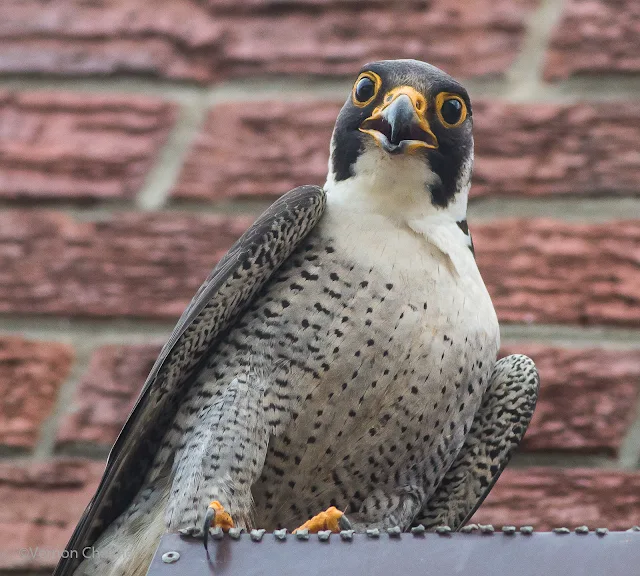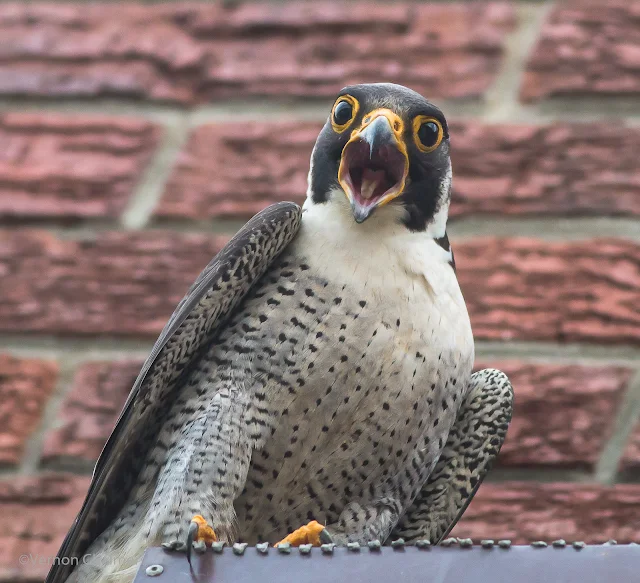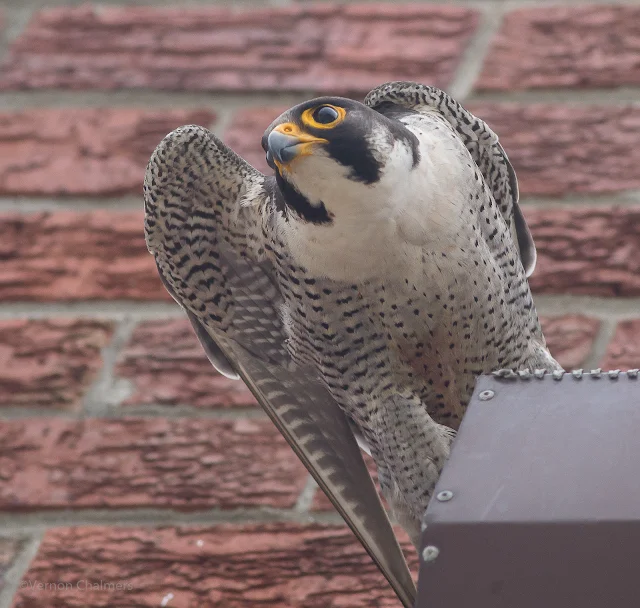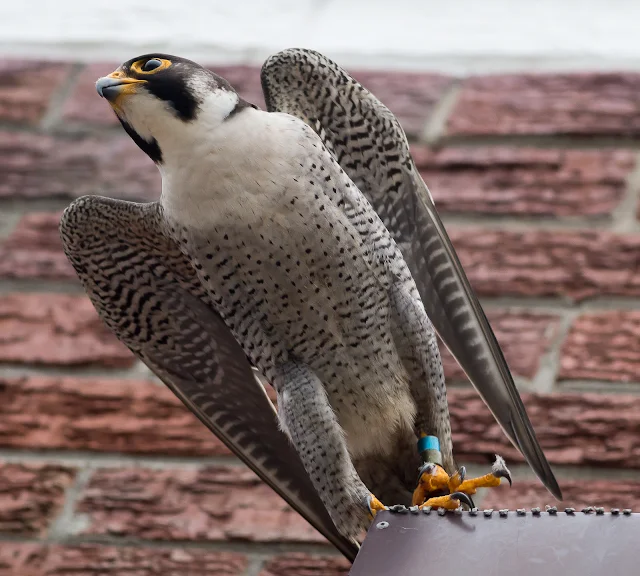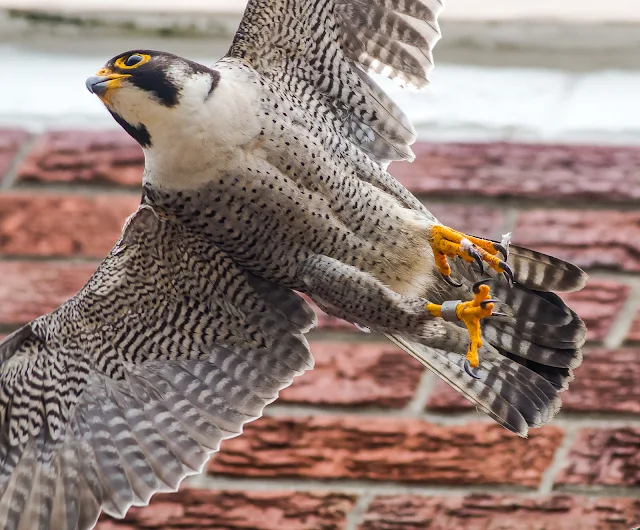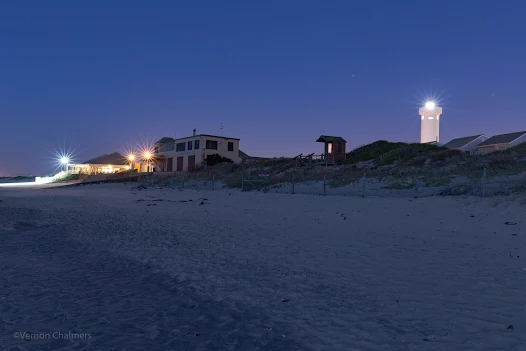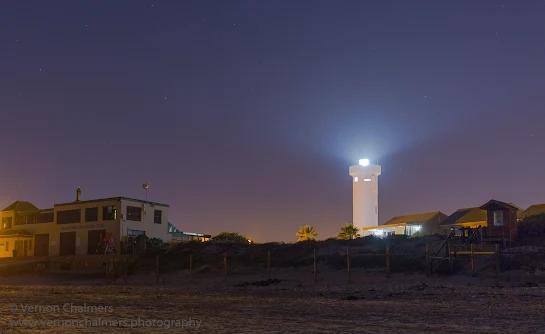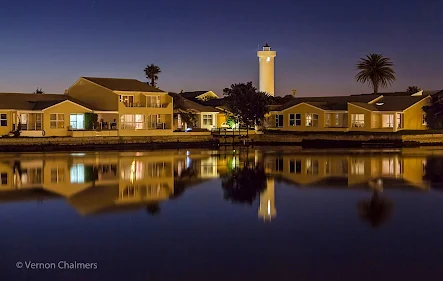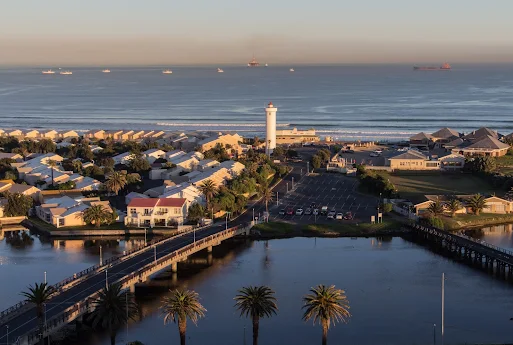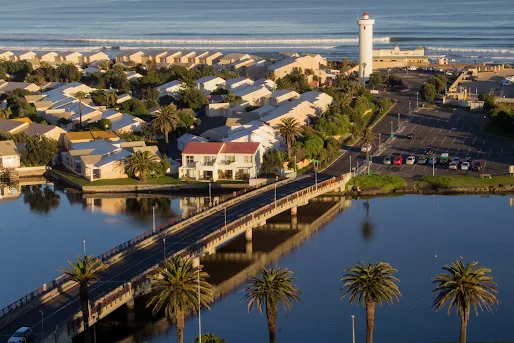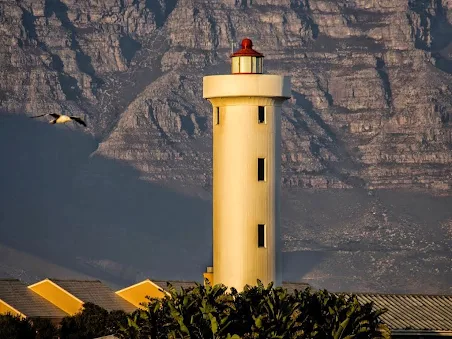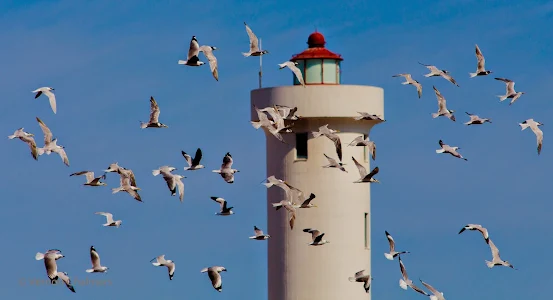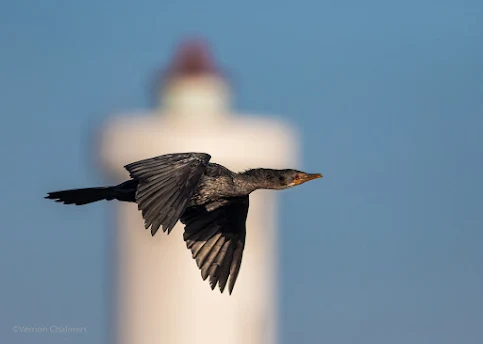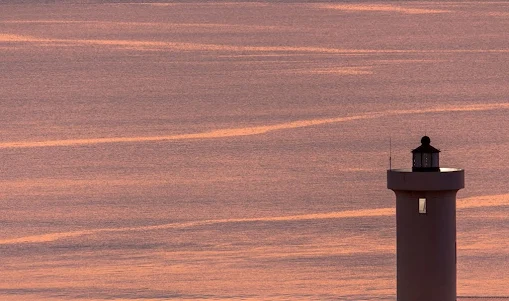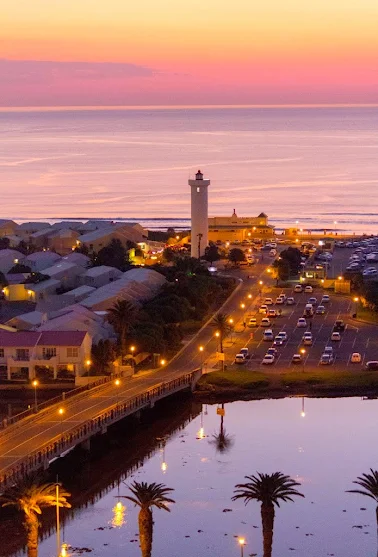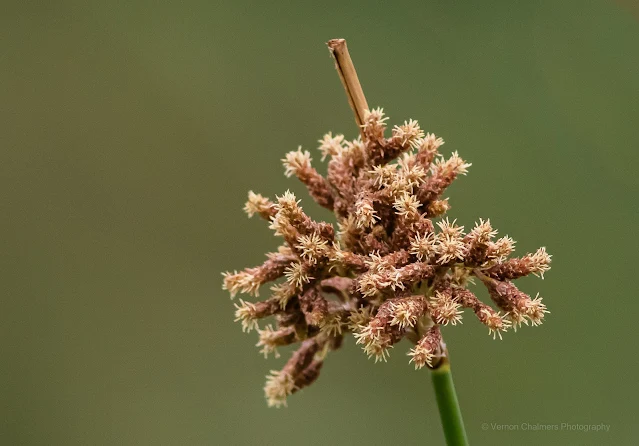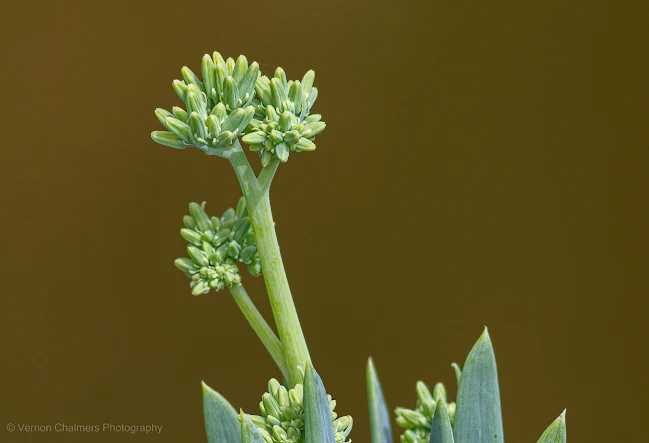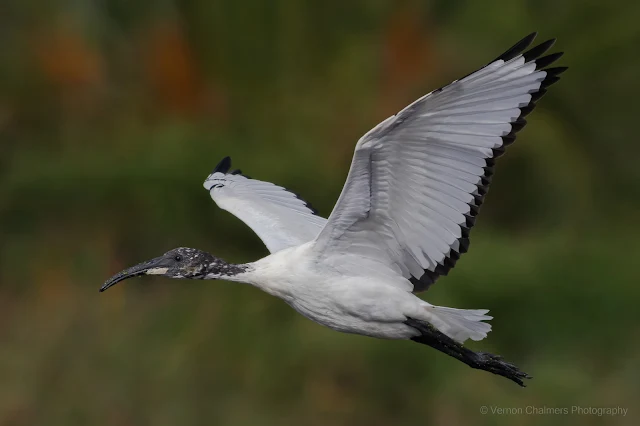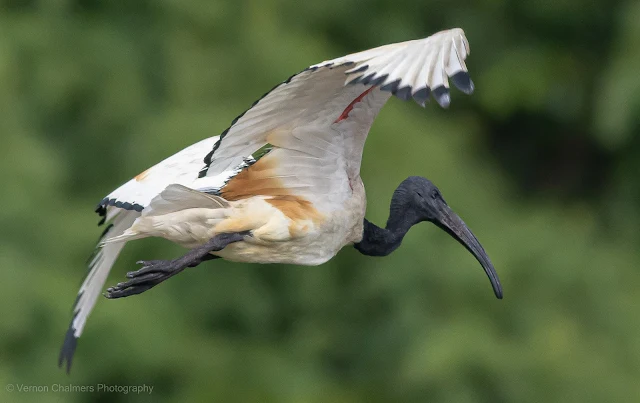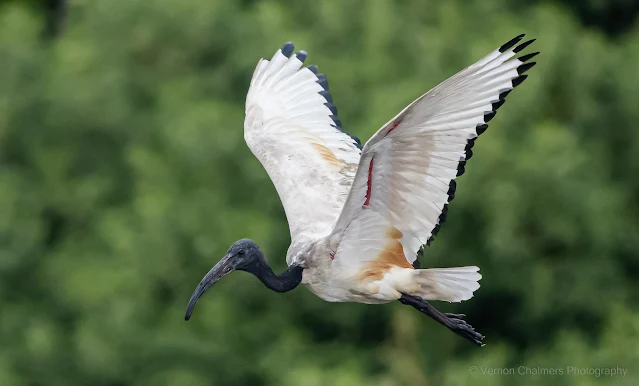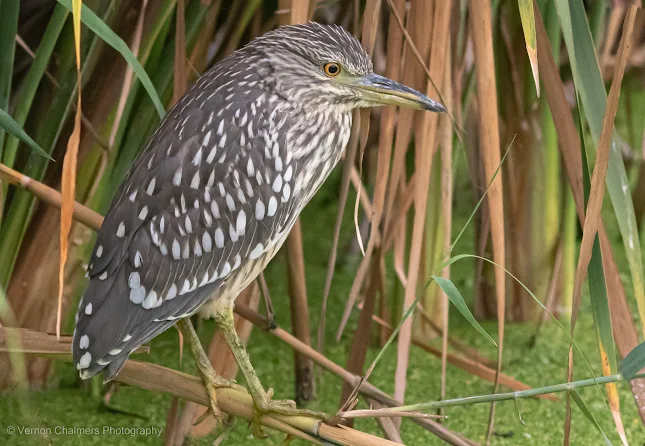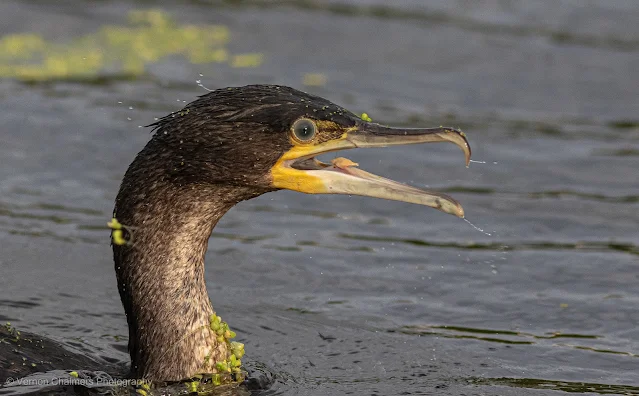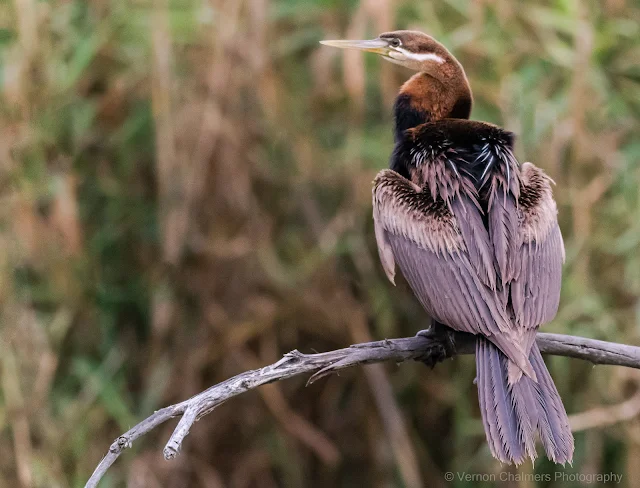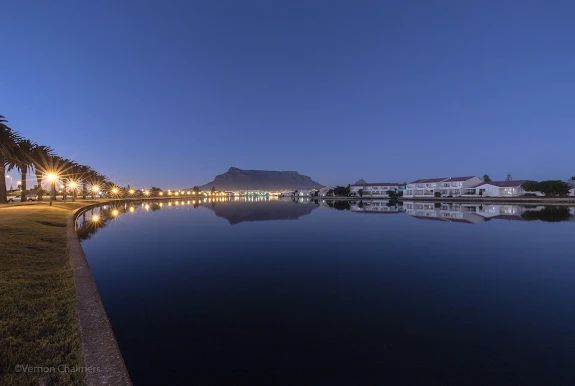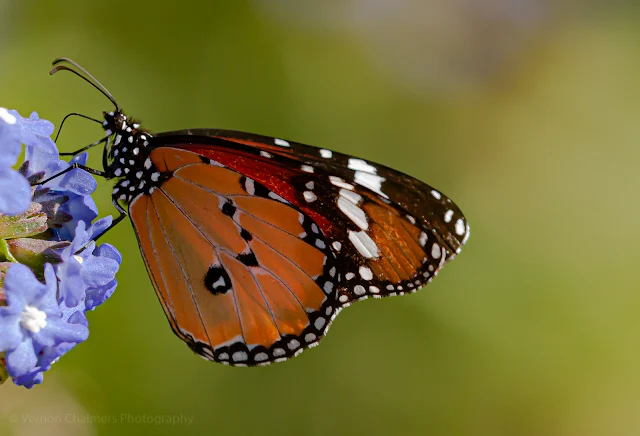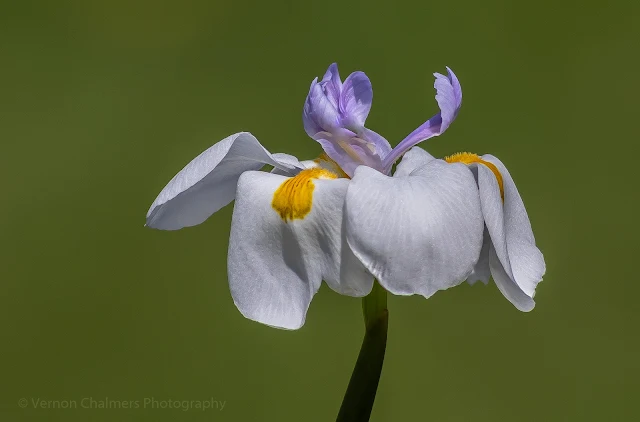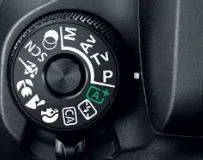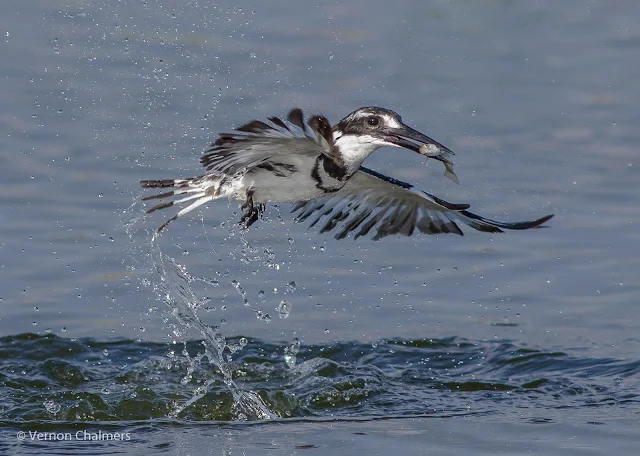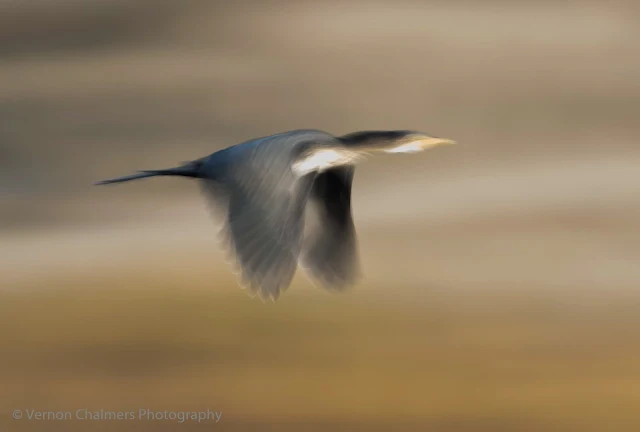Vernon Chalmers Birds in Flight Photography Training Cape Town
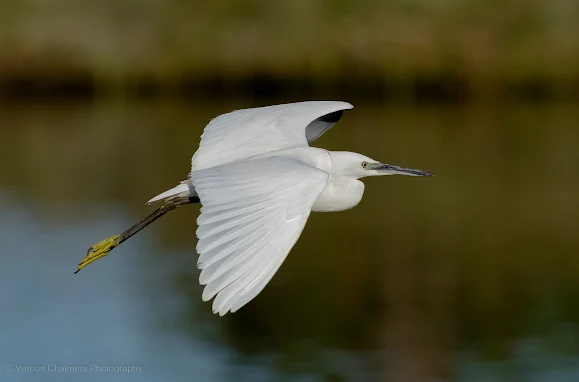 |
| The Quality of Light... Little Egret in Flight Woodbridge Island, Cape Town |
Over the last couple of days I have written extensively and posted quite a few images of bird (in flight) photography in
poor light conditions (at Intaka Island). As photographers we want the best possible light, but even the best light is not always best for our images. You may think.., 'Will I ever master the
exposure inter-relationship conundrum with its almost infinite probability combinations and permutations?'
Often, with knowledge of exposure, light and experience of different conditions, the photographer will succeed. The cognitive awareness of subject (bird) behaviour, objectives, challenges and expectations in terms of specific outcomes will provide the eventual knowledge, experience, (own) behaviour, skills and techniques when allowing yourself to shoot any subject 'as is' (irrespective of the conditions).
The attached image (above) of the little egret at Woodbridge Island was photographed before 07:00 on a good quality light day. Even on a good light day in photographing predominantly white birds softer sun light is required - hence the fact this image was captured before 07:00 on a sunny morning.
If this image was taken at i.e. 09:00 the light would have been too bright over-exposing the white features of the bird.
With environmental factors in mind the photographer should shoot and enjoy every photography moment out there - and remember there is (as I often remind my students / clients) no such thing as a perfect photograph, the only 'perfection' that exist is your acceptance on what an 'ideal exposure' should / could be - the rest we can control... in terms of camera settings / distance / backgrounds - it will depend on the photographer's willingness to learn, plan, prepare and enjoy every occasion that should matter - at your own pace.
Light is one of the most important factors in any photography genre, but equally important is to accept the challenges when you're not in a position to plan for subjects and / or weather conditions.
Thoughts on Atmospheric Conditions for Photographers >>
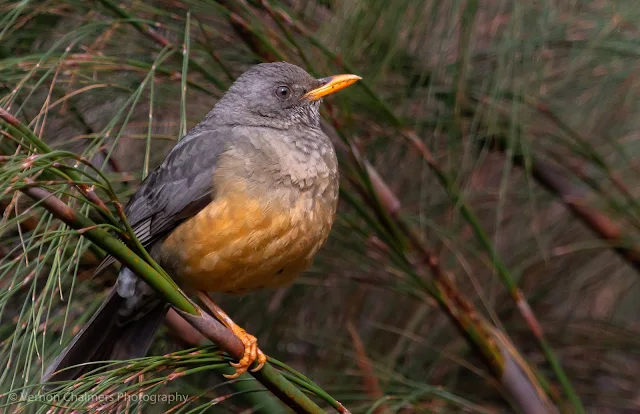 |
| Olive Thrush Garden Bird at Kirstenbosch in Good Light |
Good light at Kirstenbosch for small garden birds
The above olive thrush garden bird was photographed at Kirstenbosch Garden in good morning light. Often, even in good morning the light the small birds are surrounded by dark backgrounds that makes it challenging for photographing even in the best morning light. I don't use Canon's Image Stabilization (IS) for flying birds, but for these birds I use a different camera and EF 100-400mm zoom lens with IS enabled in Manual Mode (f/5.6 - 6.3, Auto-ISO and the shutter speed increased a little more than - to counter any movement and the probability that they may fly - which I don't mind as it is part of the challenge to get them in flight). The birds in the shadows also protected from direct sunlight exposure - something I started appreciated very quickly even in these small / still bird photography.
Canon Camera / Lens Settings Intaka Island
- Canon EOS 7D Mark II
- EF 400mm f/5.6L USM (non-IS) Lens
- Manual Mode
- Auto-ISO: 400 /Aperture: f/5.6
- Shutter Speed: 1/3200
- AI Servo Mode: Case 1: Wide Zone
- 10 fps High Speed Continuous Mode
- No Lens IS (Not required)
- Handheld
Canon Camera / Lens Settings Kirstenbosch National Botanical Garden
- Canon EOS 70D
- Canon EF 100-400mm f/4.5-5.6L IS USM Lens (Mark I)
- Manual Mode: 400mm / f/5.6 / Auto- ISO: 640 / 1/1000s Shutter Speed
- IA Servo Mode: 7 fps High Speed Continuous Mode (Zone AF)
- Lens IS Switched on
- Handheld
Lightroom Post-Processing
Adobe Photoshop Lightroom Classic: Cropping. Colour correction / slight noise reduction / lens profile correction and a few spot removals.
Environmental Variables for Improved Birds in Flight Photography >>
Vernon Chalmers Birds / Birds in Flight Photography Training Intaka Island | Woodbridge Island
